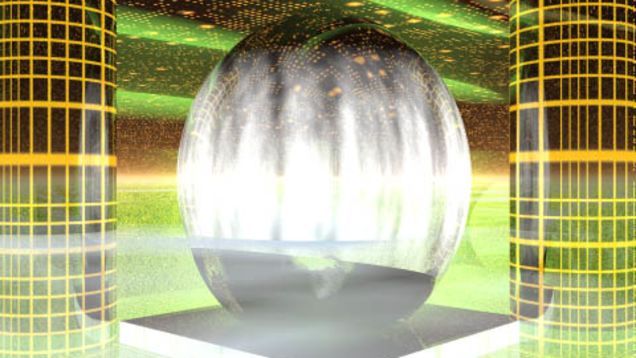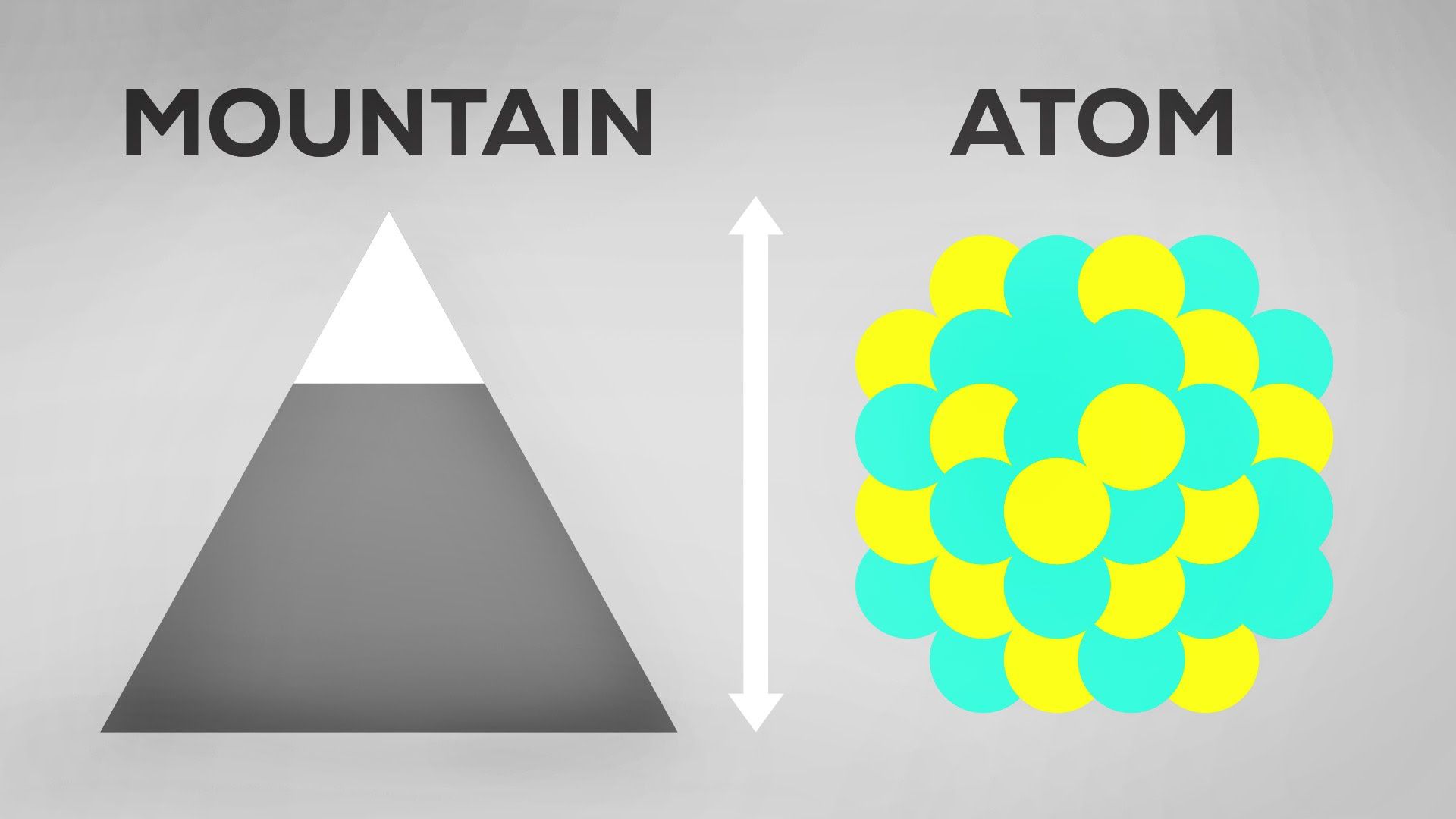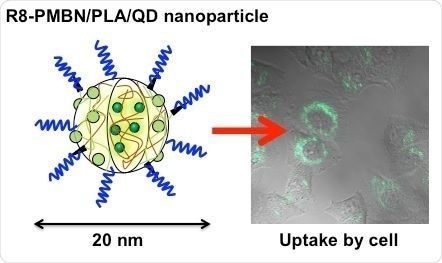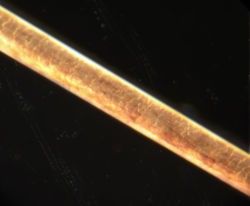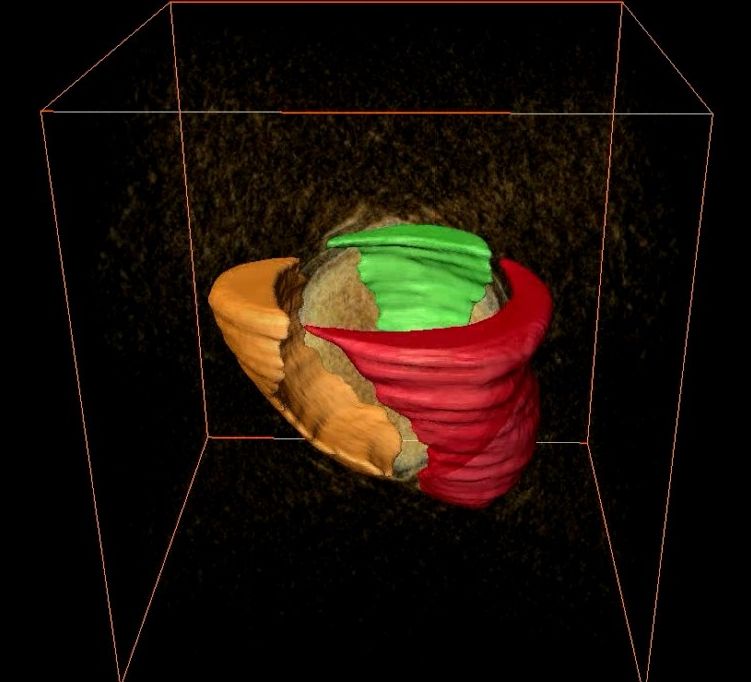Nov 3, 2016
Why “Computronium” is really “Unobtanium”
Posted by Andreas Matt in categories: computing, engineering, particle physics, robotics/AI, space
Computronium is defined by some as a substance which approaches the theoretical limit of computational power that we can achieve through engineering of the matter around us. It would mean that every atom of a piece of matter would be put to useful work doing computation. Such a system would reside at the ultimate limits of efficiency, and the smallest amount of energy possible would be wasted through the generation of heat. Computronium crops up in science fiction a lot, usually as something that advanced civilizations have created, occasionally causing conflicts due to intensive harvesting of matter from their galaxy to further their processing power. The idea is also also linked with advanced machine intelligence: A block of matter which does nothing other than compute could presumably would be incredibly sought after by any artificial intelligence looking to get the most compact and powerful brain for its money!
